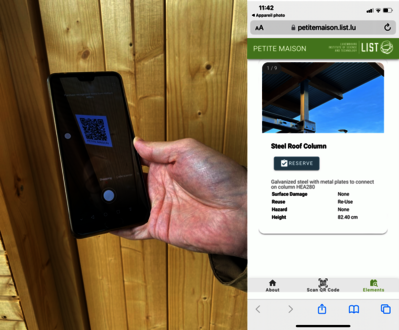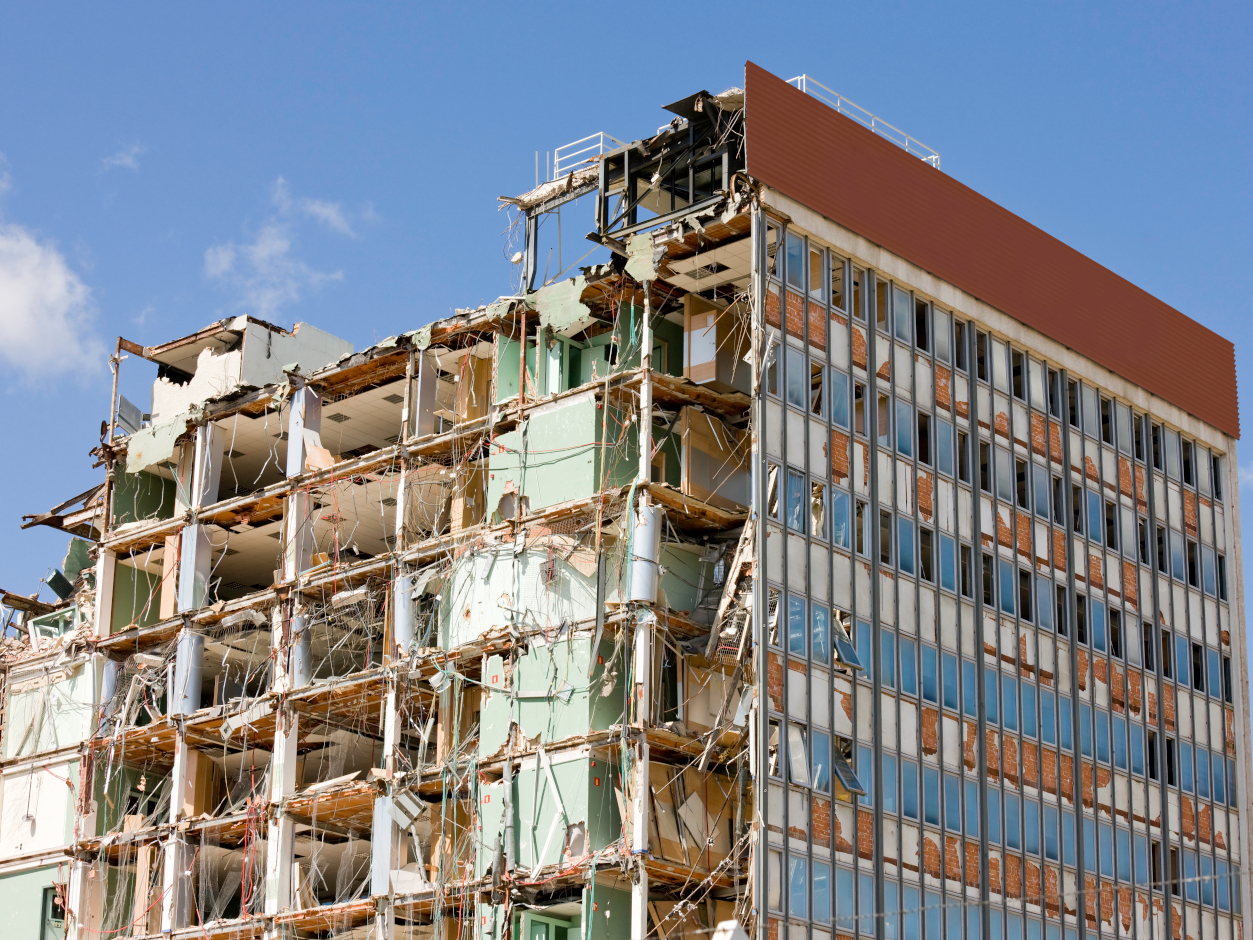Towards a circular construction
Published on 05/10/2022
A third of the waste produced in the European Union comes from construction and demolition activities. Although half of this waste is recycled, in general, it remains of low added value and the amount reused is very low. For an object such as a brick, whose manufacture is very energy-intensive, its reuse not only allows significant savings in terms of carbon impact, but also avoids the extraction of new resources.
To meet these challenges and improve the circularity of the construction market, a multidisciplinary LIST team is working on the entire building deconstruction process: from the standardized inventory of components, deconstruction materials and waste to the facilitation of the management and circulation of reused materials. The first innovative solutions are already showing an advanced level of maturity.
A standardized deconstruction
LIST has developed an inventory guaranteeing a standardized approach to deconstruction in order to assist companies and contracting parties. Waste legislation in Luxembourg does indeed require that stakeholders take into account this waste, including materials for reuse, when planning a deconstruction project.
"In collaboration with the Environment Agency, we have just completed this first tool, adding a deconstruction guide to support those working in the sector and foster good practices," stated Bruno Domange, who is in charge of LIST's activities in the framework of the agreement with the Ministry of the Environment, Climate and Sustainable Development.
A digital inventory of materials
Combining four cutting-edge technologies, the DigitalDeconstruction platform gives a new dimension to circular construction. Based on 3Dscan, reversible BIM (Building Information Modelling), inventory and blockchain technologies, this interface is able to make an inventory of and characterize all the constituent elements of a building in a standardised way while providing information on their potential for reuse. This is a considerable advantage for those involved in the construction industry, in terms of both planning and logistics for deconstruction, as well as traceability and environmental certification.
"We are integrating these four independent technologies into the Digital Deconstruction platform in order to increase their potential tenfold by centralising the data. The tool is designed as a decision support application that includes dashboards containing both environmental and economic indicators, as well as BIM visualisations that will assist decision-making and allow for a more detailed study of reuse scenarios", explains Annie Guerriero, in charge of the Interreg DigitalDeconstruction project at LIST. This technology is currently being tested in deconstruction projects in France, Belgium, the Netherlands and Luxembourg.

Facilitating the circulation of reused materials
For several years, LIST has been using its expertise to support Luxembourg's zero waste strategy (Null Offall Lëtzebuerg), which promotes the rational management of resources and the creation of an exchange market for reclaimed building elements.All the upstream steps of deconstruction can be planned, however, materials for reuse must be characterized and packaged in such a way that future re-users are interested. This is where the FCRBE Interreg project led by Bruno Domange at LIST steps in: "This international partnership aims to facilitate the circulation of materials for reuse through the dissemination and adoption of practical guides and material sheets as well as the creation of a method for evaluating efforts to reuse materials.”
Petite Maison: a collaborative architectural project in the heart of Belval
Designed and built as part of the Esch2022 event, “Petite Maison” is a collaborative architectural project. It demonstrates the possibility of and necessity to think about circular construction. The objective of this project is to demonstrate the design, construction and deconstruction of a building by fully favouring the reuse of its materials and therefore minimising its environmental impact.
This major challenge initiated by the University of Luxembourg, under the direction of architect and visiting professor Carole Schmit, was addressed by numerous professional partners from Luxembourg and the Greater Region, including LIST. "Several LIST teams shared their expertise throughout this project, for example in the referencing of materials for reuse", said Duan Hua, R&D engineer at LIST.










